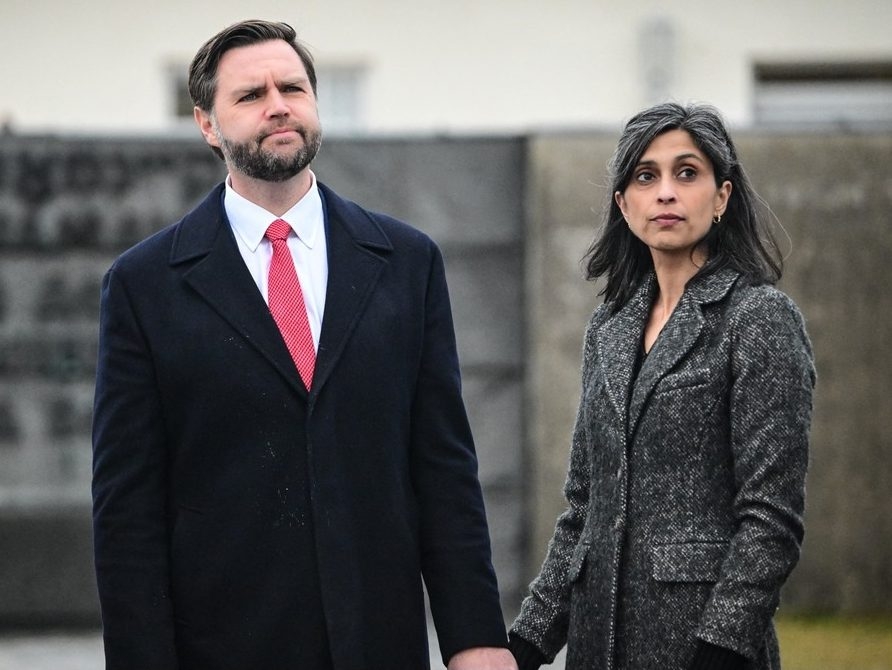The fall from grace has been swift and public for the former Prince Andrew. Stripped of his royal title and evicted from his long-time home, Royal Lodge, he now faces a future undeniably tethered to the financial support of his family – a family whose wealth is both immense and surprisingly complex.
King Charles III’s recent decision to remove Andrew’s privileges stemmed from the deeply damaging associations with convicted sex offender Jeffrey Epstein. Yet, despite this decisive action, reports suggest the King intends to continue providing for Andrew’s housing, offering “appropriate private provision.” This raises a crucial question: where does the Royal Family’s vast fortune originate, and how is it managed?
The primary source is the Sovereign Grant, an annual sum provided by the U.K. government, funded ultimately by British taxpayers. This isn’t a gift, but rather a reimbursement for official duties undertaken on behalf of the nation. The amount, however, is far from static, and has seen significant increases in recent years.

For the 2025-26 cycle, the Sovereign Grant is projected to reach approximately CAD $242.8 million – a substantial leap from the $158.6 million allocated in the previous year. A significant portion, $95.2 million, constitutes the core grant, while the remainder is earmarked for the ongoing, decade-long modernization of Buckingham Palace, a project costing an estimated $678 million.
Beyond the core grant, revenue generated by visitors to Buckingham Palace adds to the royal coffers, contributing an additional $39.5 million in 2024-25. Taxpayer funding for the monarchy has more than tripled since 2012, largely driven by the extensive renovations at the palace. This demonstrates a clear commitment to maintaining the symbolic heart of the nation.
The foundation of the Sovereign Grant lies in the profits of the Crown Estate, a sprawling property empire encompassing vast land holdings – including almost half of the UK coastline – and valuable properties in London. The Crown Estate’s profitability directly influences the amount the government allocates to the Royal Family.
Interestingly, King Charles is prohibited from personally benefiting from the Crown Estate’s assets; he cannot sell properties or retain profits. The Sovereign Grant initially represented 15% of the Crown Estate’s profits, fluctuating over time to accommodate the Buckingham Palace renovations, currently settling at 12% for 2024-25.
A recent surge in profits from six offshore wind farms has further bolstered the Sovereign Grant, adding an impressive $82.8 million for 2025. Crucially, the Sovereign Grant Act of 2011 ensures the Royal Family receives at least the previous year’s funding, even if Crown Estate profits decline, with the government covering any shortfall.
Over the past decade, the Crown Estate has generated a staggering $9.2 billion in revenue, all directed towards public spending. This highlights the complex relationship between the monarchy’s finances and the broader national economy.
The Sovereign Grant covers expenses directly related to royal duties – travel, property maintenance, and staffing costs. However, it doesn’t encompass all royal expenditures. Security, for example, is funded by the Metropolitan Police, and major state events like coronations and funerals are borne by the taxpayer.
Beyond the Sovereign Grant, the Royal Family also benefits from the Duchy of Lancaster, a private estate worth $1.2 billion and generating annual profits of $44.9 million. This estate is passed down through generations of monarchs, providing a personal income stream for King Charles.
Prince William also has access to substantial funds through the Duchy of Cornwall, a $2 billion estate yielding $42.1 million in annual profits. The profits from both duchies are at the King and Prince’s discretion, offering financial flexibility.
The Royal Family also possesses privately-owned assets, such as art and jewelry, which can be sold to generate additional income. Members of the family voluntarily pay income tax and capital gains tax on their personal income, mirroring the practices of Queen Elizabeth II and King Charles.
While the duchies are exempt from corporation tax, King Charles and Prince William voluntarily pay income tax on the revenue they generate, though the exact amount remains undisclosed. A unique exemption, established in 1993, also shields King Charles from inheritance tax on funds received from his mother, Queen Elizabeth II.
The financial landscape surrounding the British monarchy is a complex tapestry of tradition, public funding, and private wealth. As Prince Andrew navigates his diminished role, the intricate mechanisms supporting the Royal Family remain a subject of ongoing public scrutiny and debate.





